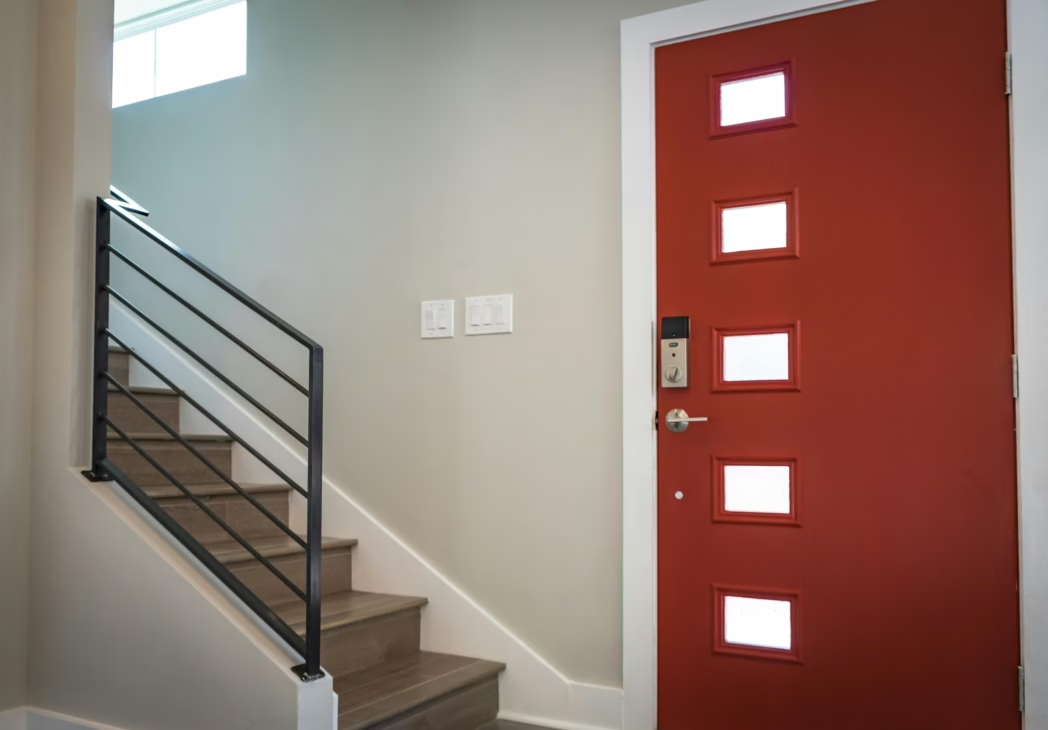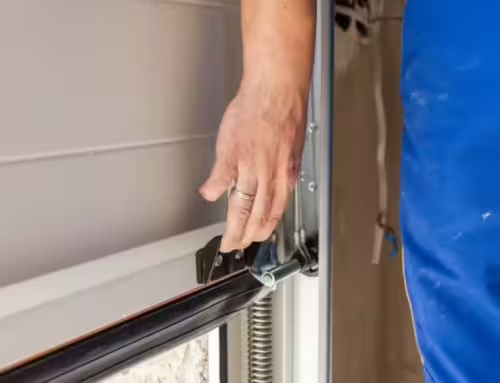Choosing the right front door for your home involves considering various types of doors, each with its own set of advantages and disadvantages. Here’s a rundown of common front door types and their pros and cons:
1. Wooden Doors
Positives:
- Aesthetic Appeal: Rich, classic look that adds warmth and charm.
- Customizable: Can be easily customized with various styles, finishes, and carvings.
- Insulation: Good natural insulation if properly treated.
Negatives:
- Maintenance: Requires regular maintenance (painting, staining) to prevent weather damage.
- Cost: Generally more expensive, especially for high-quality wood.
- Susceptibility to Weather: Can warp, crack, or swell with changes in temperature and humidity.
2. Steel Doors
Positives:
- Durability: Very strong and resistant to impact, which provides enhanced security.
- Low Maintenance: Requires minimal upkeep compared to wood.
- Energy Efficiency: Often comes with a core of insulating material, making them energy-efficient.
Negatives:
- Dents and Scratches: Can be prone to dents and scratches that may be difficult to repair.
- Temperature Sensitivity: Can feel cold or hot to the touch depending on the weather.
- Limited Aesthetics: Fewer customization options compared to wood.
3. Fiberglass Doors
Positives:
- Durability: Highly resistant to warping, cracking, and rotting.
- Low Maintenance: Requires little to no maintenance and is easy to clean.
- Energy Efficiency: Often comes with good insulating properties.
Negatives:
- Cost: Can be more expensive than wood or steel.
- Appearance: While they can mimic the look of wood, they might not have the same aesthetic appeal as real wood.
- Limited Customization: Fewer customization options compared to wood.
4. Aluminum Doors
Positives:
- Low Maintenance: Resistant to rust and corrosion, and requires little upkeep.
- Modern Look: Sleek and contemporary appearance.
- Durability: Strong and long-lasting.
Negatives:
- Insulation: Generally poorer insulation properties compared to wood and fiberglass.
- Dents: Can be prone to dents and scratches.
- Cost: Can be more expensive than some other options.
5. Glass Doors
Positives:
- Light: Allows natural light to enter the home, brightening up the entryway.
- Aesthetic Appeal: Provides a modern and elegant look.
- Versatility: Can be combined with other materials, like wood or metal, for a hybrid design.
Negatives:
- Privacy: Can compromise privacy unless frosted or treated.
- Security: Might be less secure than solid doors, though tempered glass can mitigate this.
- Energy Efficiency: Depending on the type of glass, it may not offer the best insulation.
6. Composite Doors
Positives:
- Durability: Made from a mix of materials (like wood fibers, PVC, and other polymers), offering durability and strength.
- Low Maintenance: Requires less upkeep compared to wood.
- Energy Efficiency: Often designed to provide good insulation.
Negatives:
- Cost: Can be on the pricier side.
- Aesthetics: May not offer the same traditional look as wood.
- Limited Customization: Fewer design options compared to some other materials.






